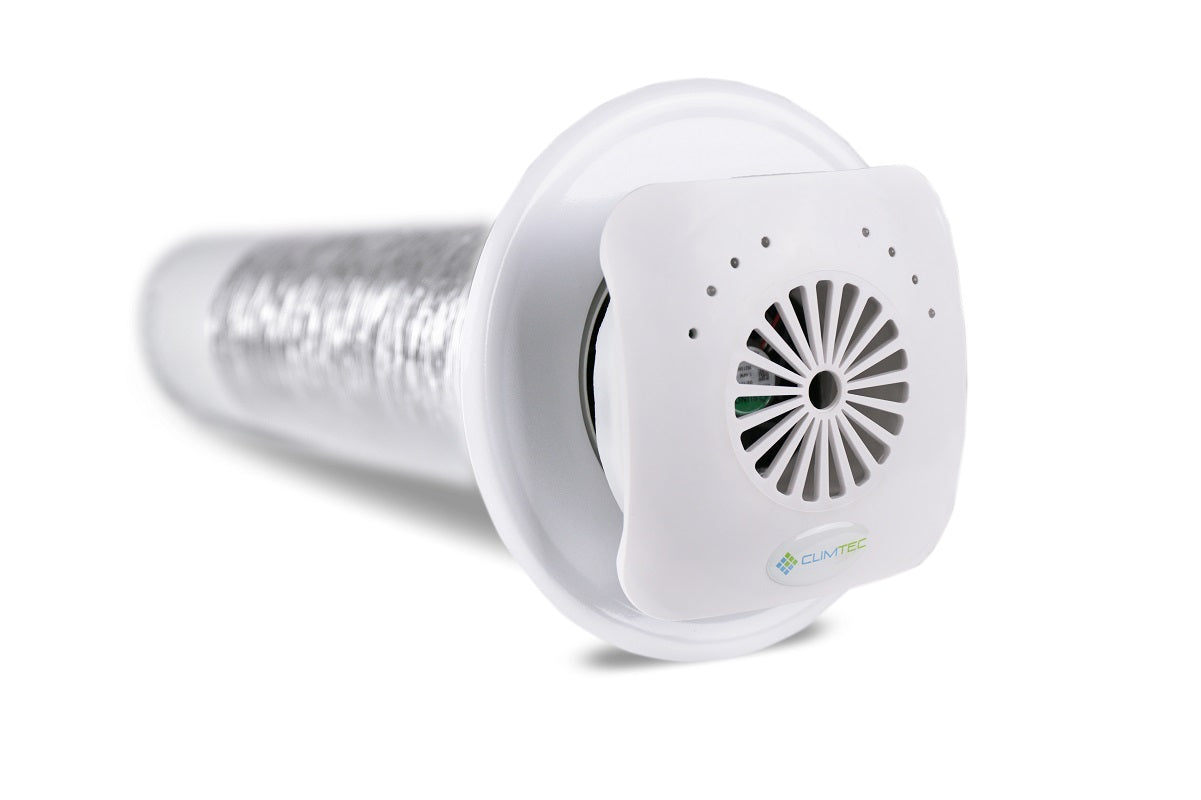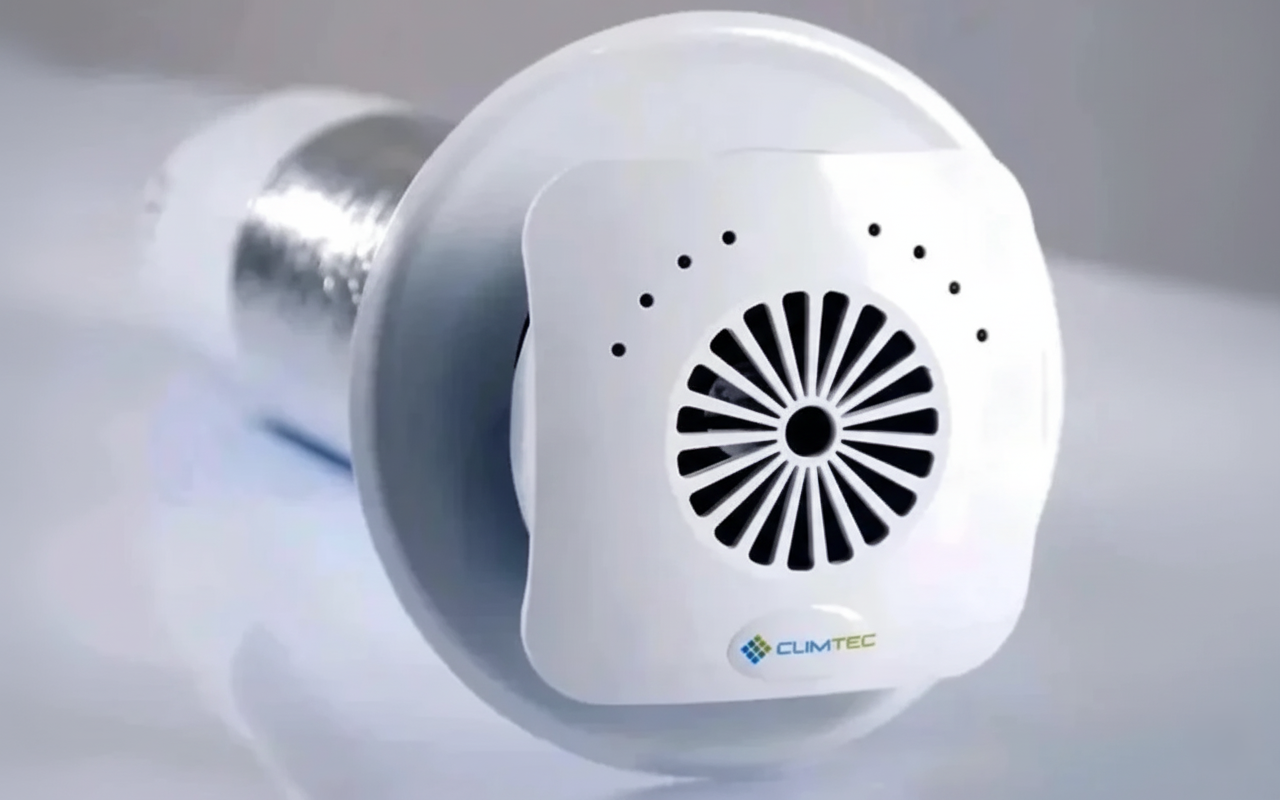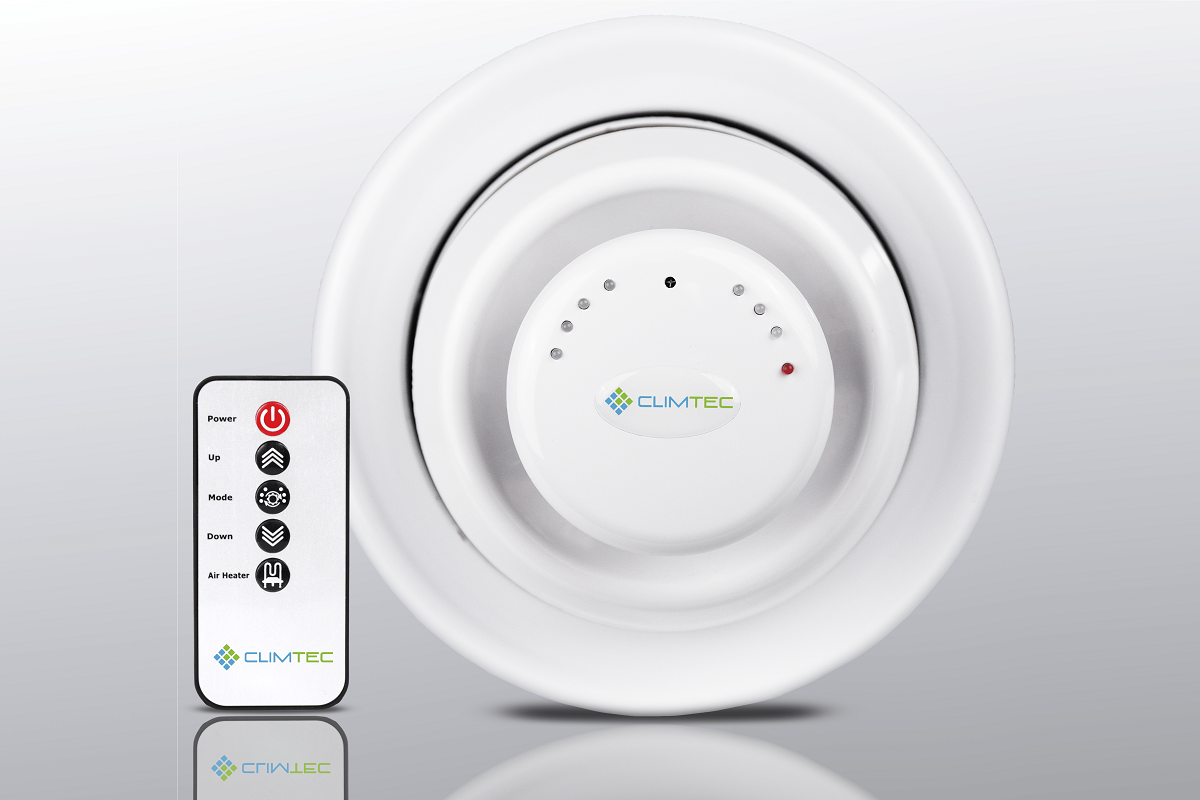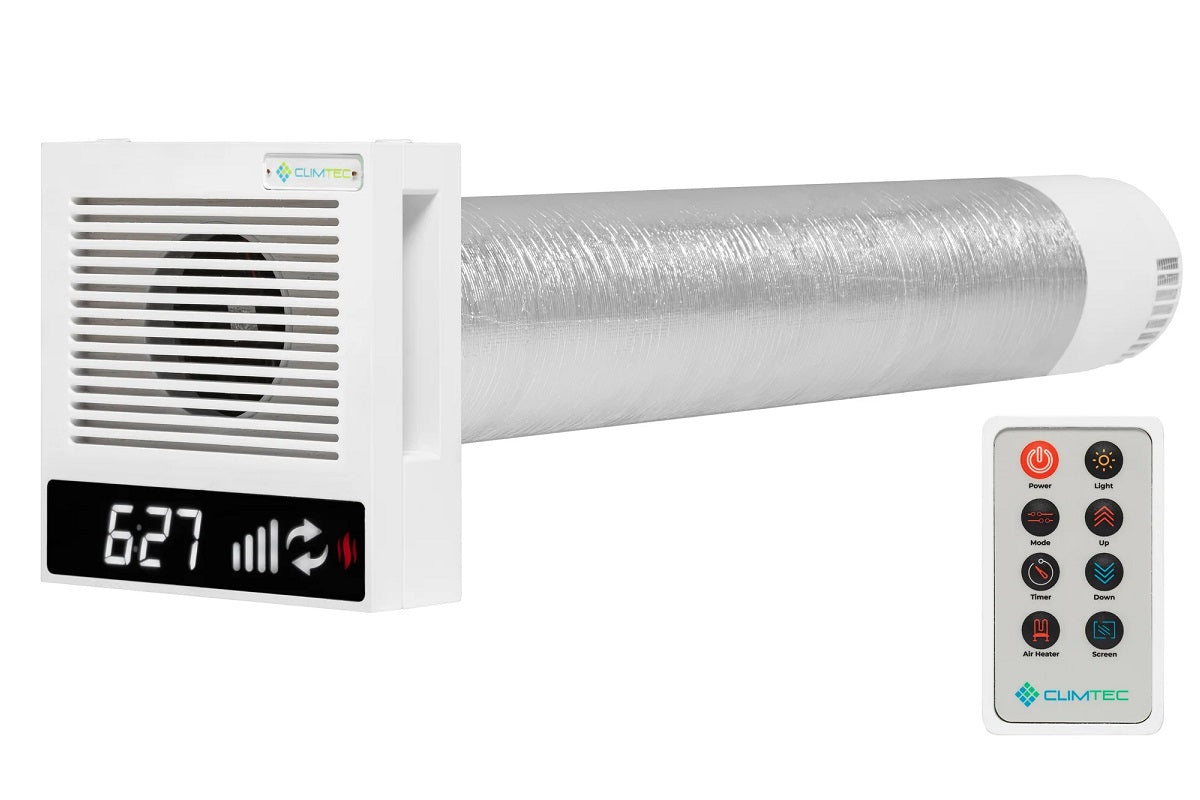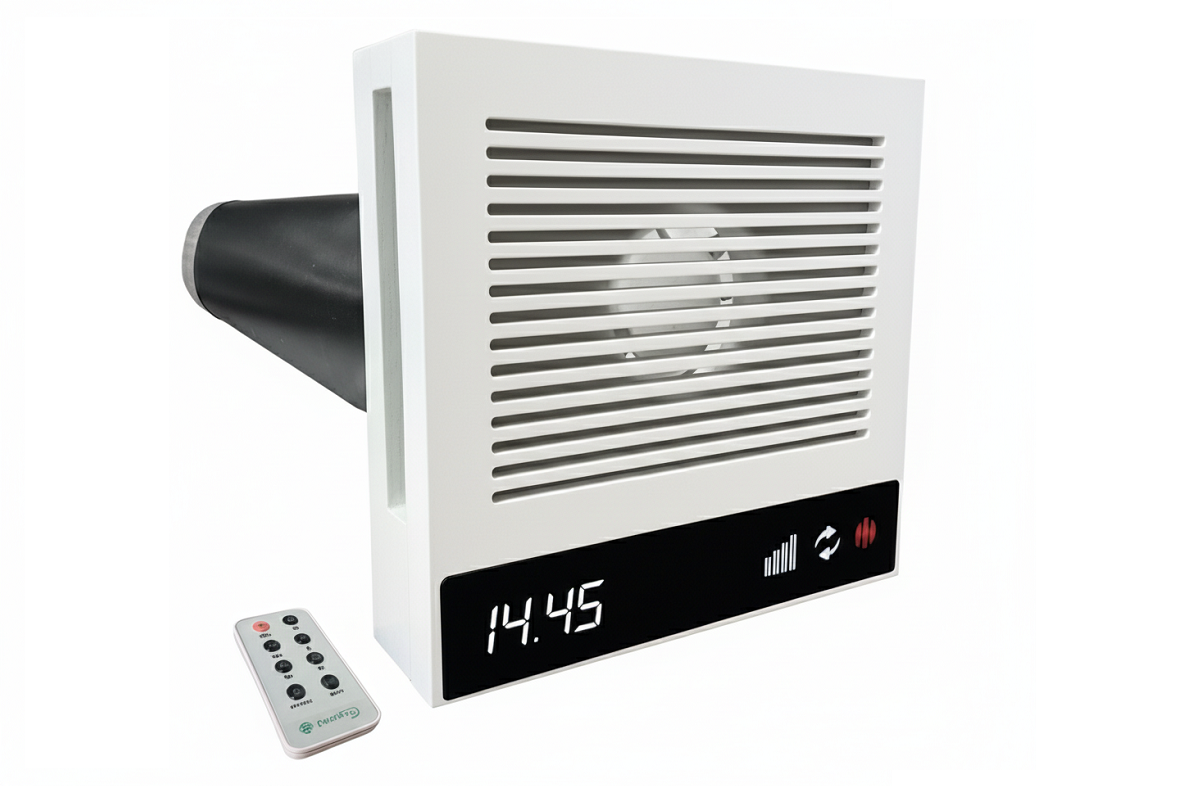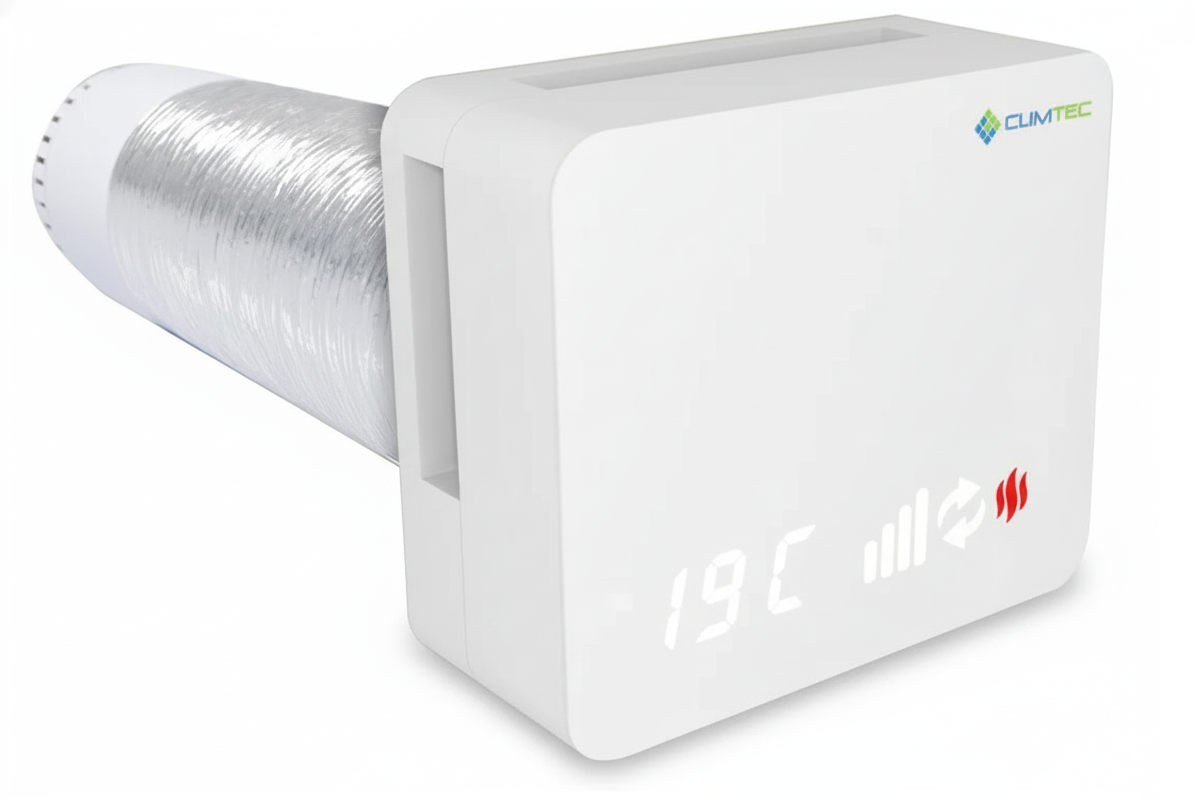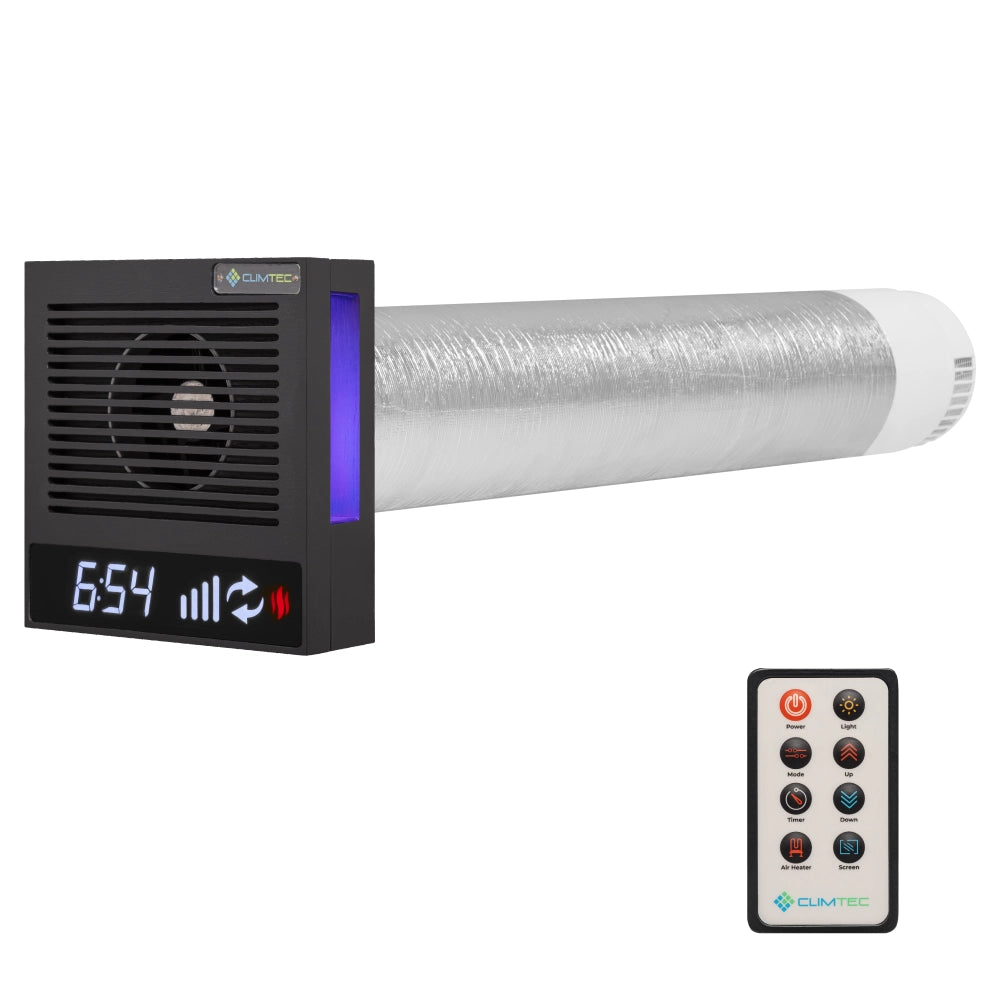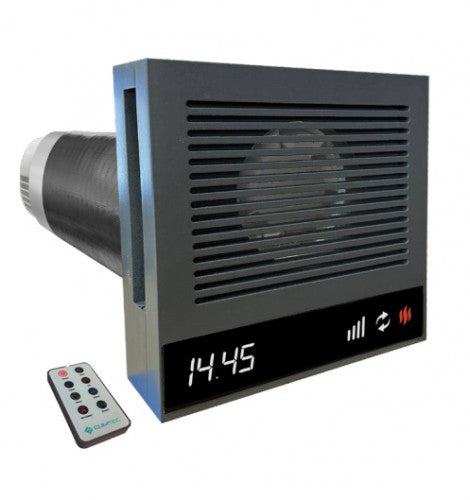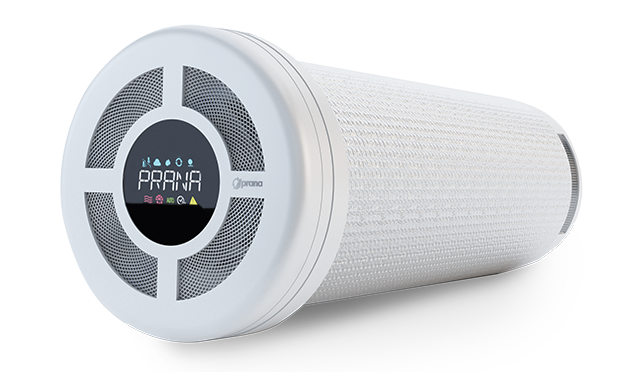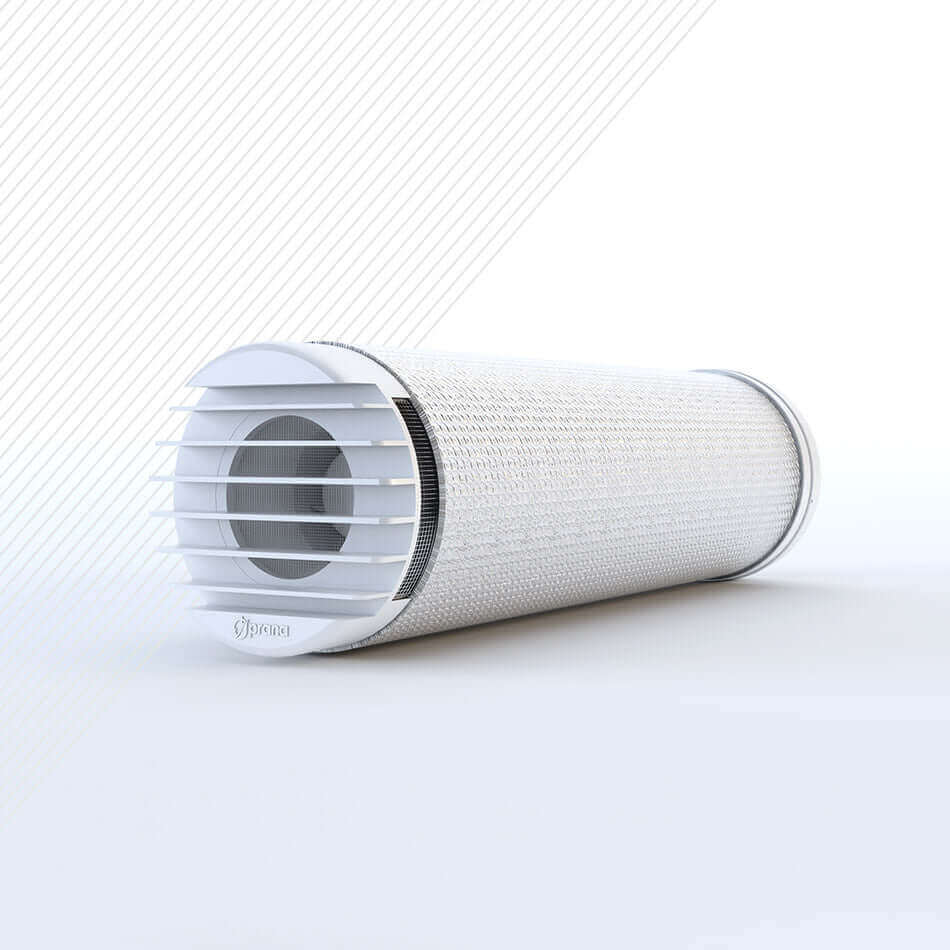Filters
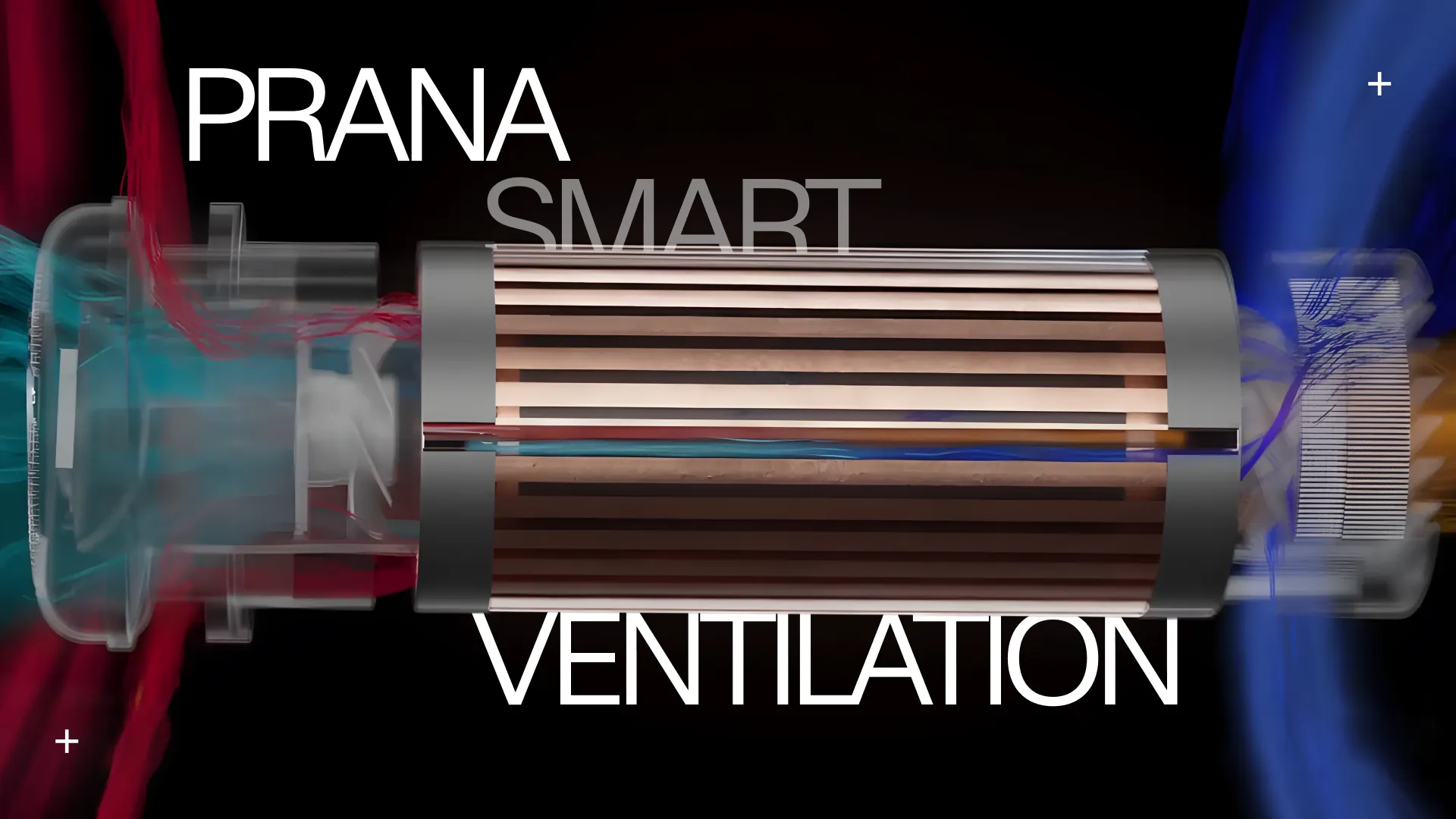
Recuperator
What Is a Recuperator and How Does It Work?
A heat recuperator is a device that forms the core of many ventilation systems. At its heart is the recuperator heat exchanger — a component that allows warm, stale air exiting the building to transfer its heat to the cooler incoming air, without the two streams mixing. This process retains warmth in winter and coolness in summer, significantly reducing energy losses and improving the overall thermal comfort of your home.
Typically compact and wall-mounted, recuperators use fans to drive the air in and out, while the exchanger captures and reuses the thermal energy. Thanks to advances in design, these systems can recover up to 90% of heat, making them a cornerstone in passive homes and high-efficiency renovations across the UK. Whether you're upgrading an older property or building from scratch, a quality recuperator adds long-term value and comfort.
Why Use a Recuperator for Home Ventilation?
When installed correctly, a recuperator for home enhances not only energy efficiency but also the healthiness of your indoor environment. With constant air exchange, you reduce condensation, mould growth, and the buildup of pollutants such as VOCs and CO₂. This is especially important in tightly sealed properties where natural ventilation is minimal. A recuperation ventilation system ensures that fresh air enters without letting all your valuable heat escape.
Many air recuperators are also equipped with fine particle filters that capture pollen, dust, and other airborne irritants. Combined with a well-sealed home, this can dramatically improve respiratory health and general comfort. Additionally, an energy recuperator helps lower your heating costs throughout the year by using the warmth you already paid for — a win for both the environment and your wallet.
Choosing a Recuperation Ventilation System
Selecting the right recuperation ventilation system depends on your home's size, layout, and specific ventilation needs. There are single-room units ideal for bedrooms, offices, or lofts, as well as whole-house systems that distribute air evenly across multiple zones. Features to look for include high thermal efficiency, quiet operation (under 25 dB), low energy consumption, and easy filter access for regular maintenance.
For those pursuing low-carbon living or simply aiming for a fresher, healthier home, a recuperator is a worthy investment. With growing awareness around indoor air quality and energy use, recuperation systems are no longer a luxury — they're fast becoming a must-have in modern residential design.


